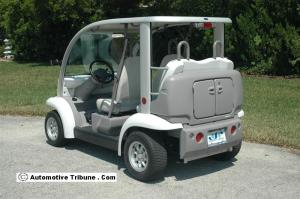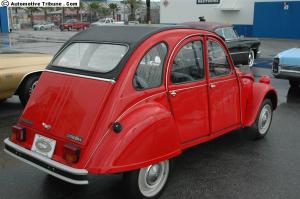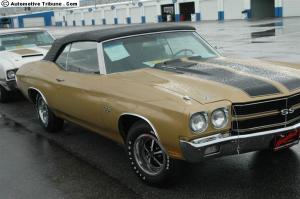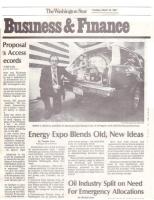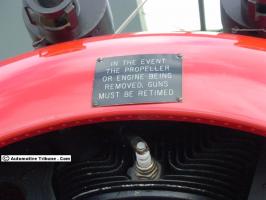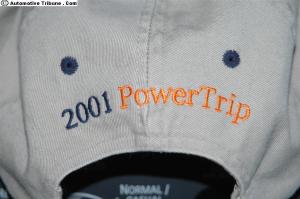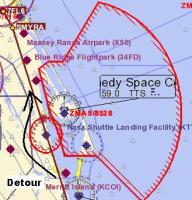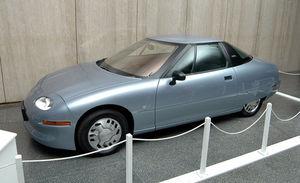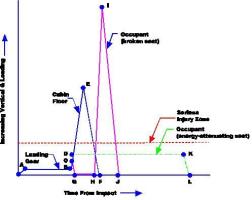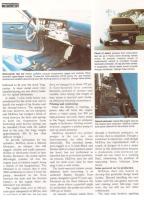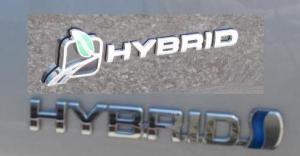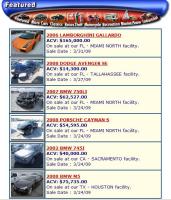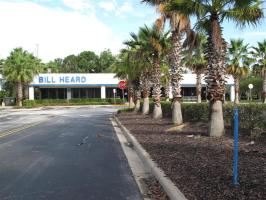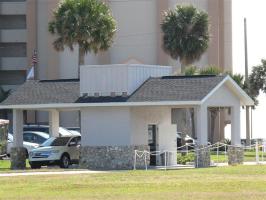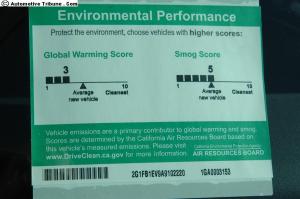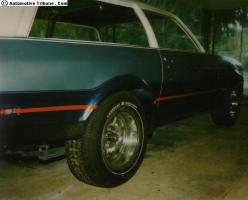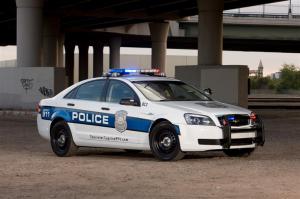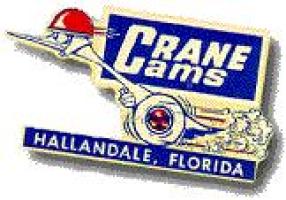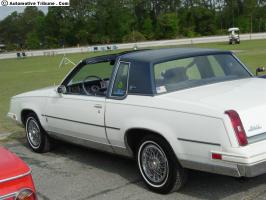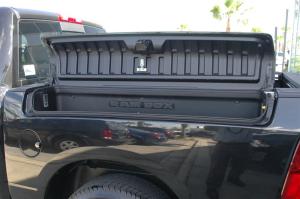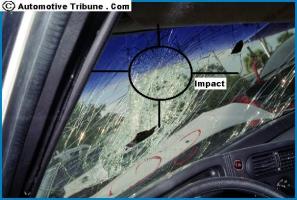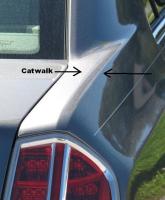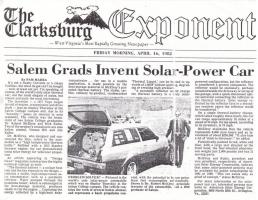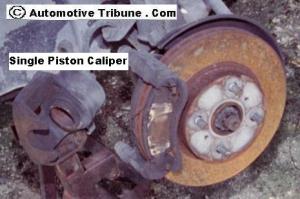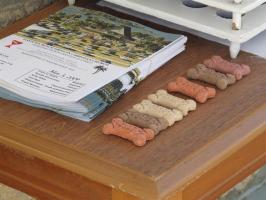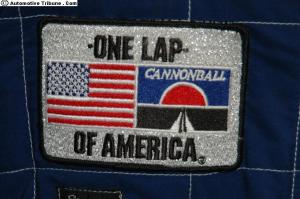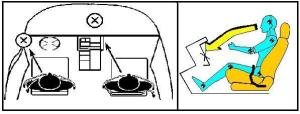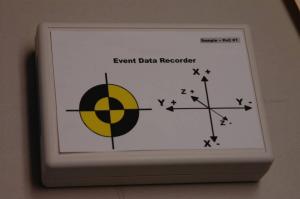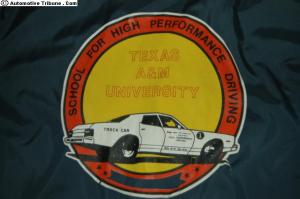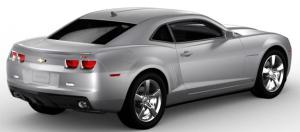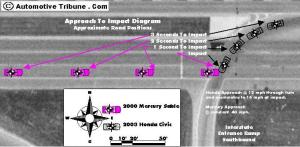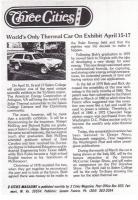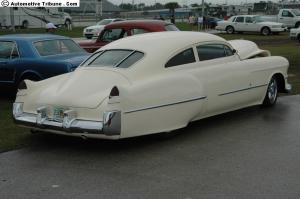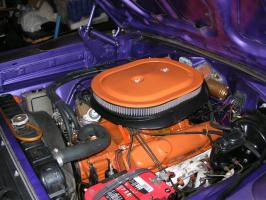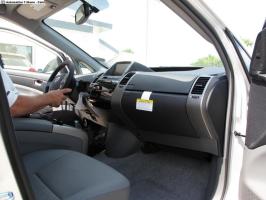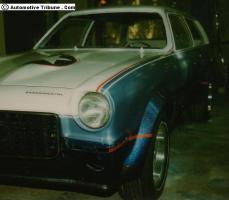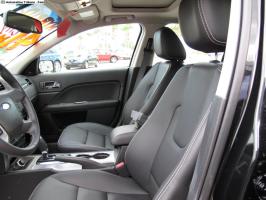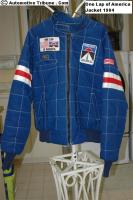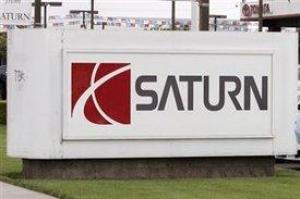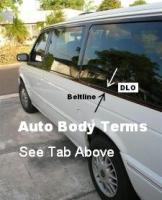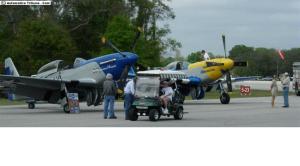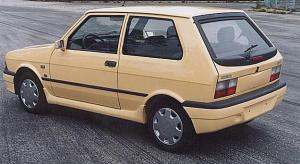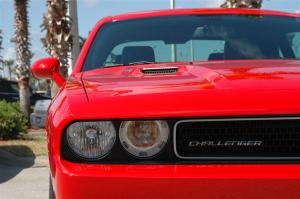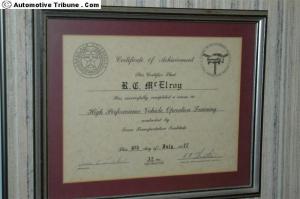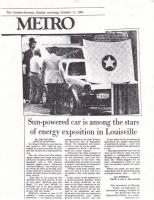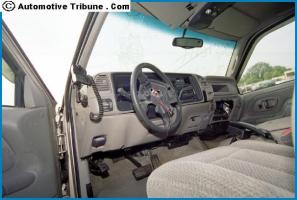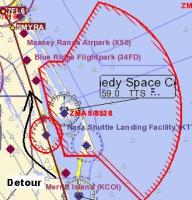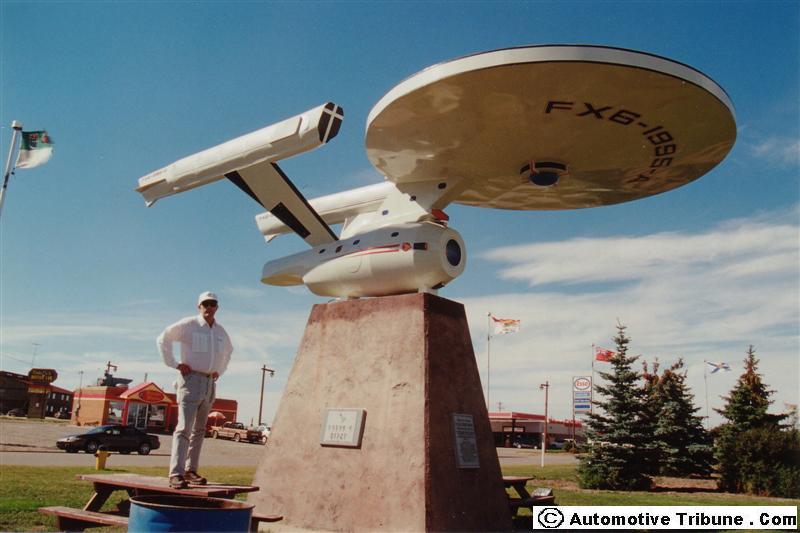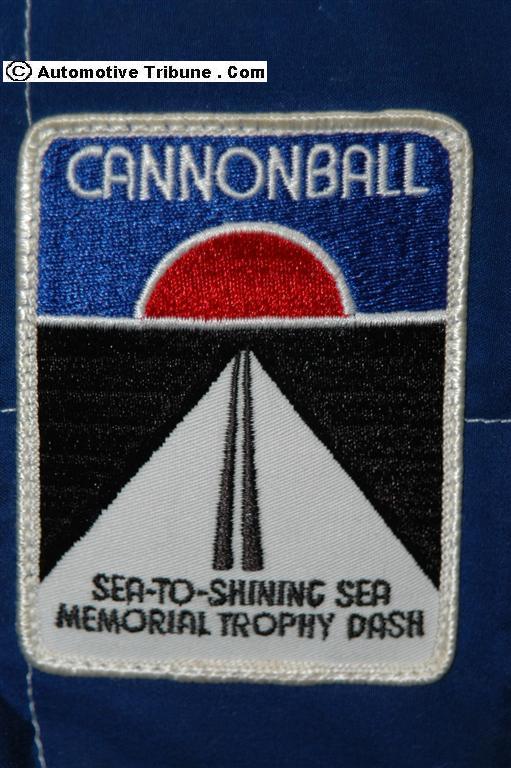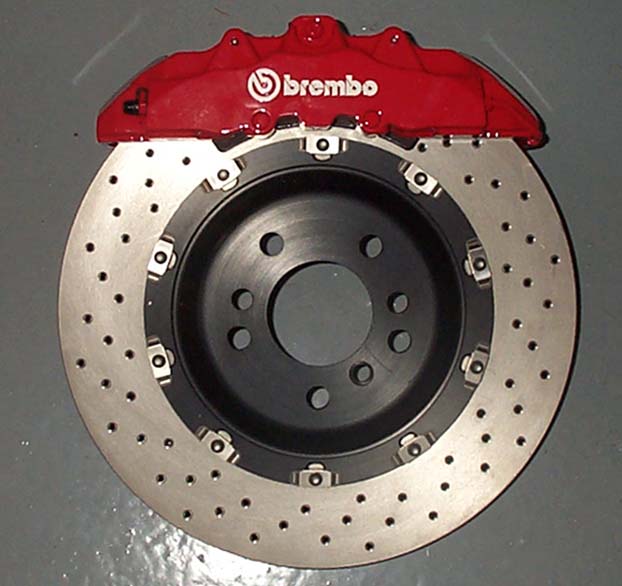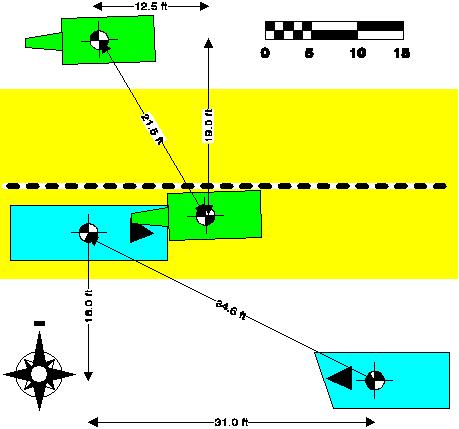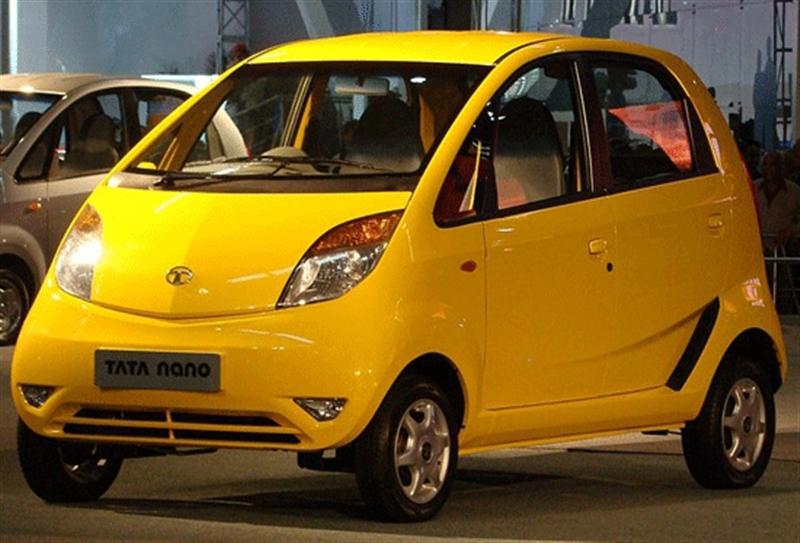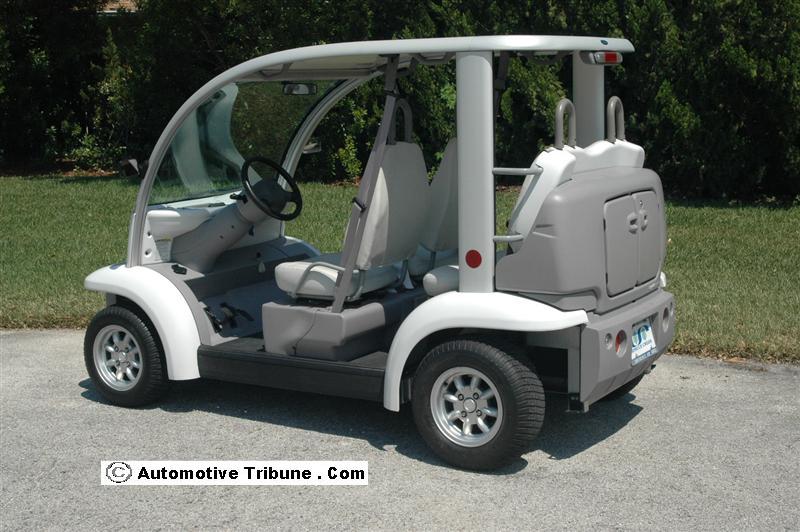Cash For Clunkers Program
Car Allowance Rebate System = Cash For Clunkers Program
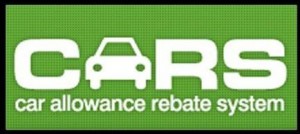 Cash for clunkers may or may not be the correct terminology for this Federal Program, depending on what you are bringing to the dealership. However, having the opportunity to receive some Federal financial assistance to purchase a replacement vehicle has motivated many customers to come into dealerships.
Cash for clunkers may or may not be the correct terminology for this Federal Program, depending on what you are bringing to the dealership. However, having the opportunity to receive some Federal financial assistance to purchase a replacement vehicle has motivated many customers to come into dealerships.
What Is The Effect
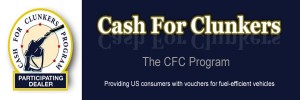 US auto sales totaled 4.8 million units in the first half of the year which calculates to about 800,000 vehicles per month. With the CARS program in place sales jumped to 1M vehicles in July. Going from 800k to 1M represents a 25% increase in sales for the month.
US auto sales totaled 4.8 million units in the first half of the year which calculates to about 800,000 vehicles per month. With the CARS program in place sales jumped to 1M vehicles in July. Going from 800k to 1M represents a 25% increase in sales for the month.
$3500 to $4500
CARS Program information is pretty well explained explained and HERE is the Simple Explanation. Or, if you want to review the complete US Department of Transportation Code of Federal Regulations then HERE is the 136 page Detailed Explanation.
An Additional $2B
August 5th sees an additional $2B for the CARS Program to supplement the $1B initially allocated. Here are links to Fox, which includes the following text:
As of Monday afternoon, $536.8 million worth of rebates had been processed through the government program, representing 133,767 new vehicles, according to figures provided by the Department of Transportation. An additional 100,000 to 130,000 were expected to be processed to reach the $1 billion set aside.
Another $2 billion is expected to generate the sale of about 500,000 more vehicles.
Data released by the Obama administration showed the new vehicles purchased under the program were 61 percent more fuel-efficient than the trade-ins.
The average fuel economy of new vehicles purchased under the CARS program is 25.4 mpg and the average fuel economy of vehicles traded in is 15.8 mpg, Transportation Secretary Ray LaHood, Energy Secretary Steven Chu and Environmental Protection Agency Administrator Lisa P. Jackson wrote in a letter to senators.
“This improvement will save the typical buyer $700 to $1,000 per year in fuel costs,” they wrote. “In addition to the money saved on gas, people using the program will have safer cars and lower repair costs, and they will dramatically reduce the pollution released by their vehicles.”
To date, 83 percent of the trade-ins have been trucks and 60 percent of the new vehicles have been cars, the administration officials wrote. “New cars under the program are 18 percent more fuel efficient than the average new car currently available. This means the program is raising the average fuel economy of the fleet, while removing the dirtiest and most polluting vehicles from the road.”
They added that nearly half of new vehicles purchased under the program are from the Big Three automakers.
Analytical Points
80% of the trade-ins were trucks and 60% of the purchases were cars and the aggregate fuel economy for purchases was 25.4 vs 15.8 mpg for a very significant 60% increase in effective fuel economy.
The $9,000 Calculation For Individual Benefit
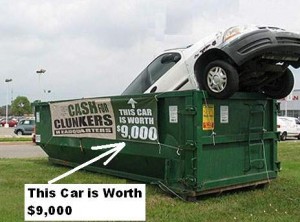 Trading in the old vehicle for a new fuel efficient one has significant benefits. According to the National Automotive Dealers Association (NADA) the average cost of a new car sold in the US is $28,400. If you qualify for the $4,500 amount then your number drops to $23,900 before any additional calculations are made. For a while, Chrysler was offering an additional $4,500 which would bring the “quick discount” number up to $9,000. This big number has meant that Chrysler vehicles are hard to find.
Trading in the old vehicle for a new fuel efficient one has significant benefits. According to the National Automotive Dealers Association (NADA) the average cost of a new car sold in the US is $28,400. If you qualify for the $4,500 amount then your number drops to $23,900 before any additional calculations are made. For a while, Chrysler was offering an additional $4,500 which would bring the “quick discount” number up to $9,000. This big number has meant that Chrysler vehicles are hard to find.


